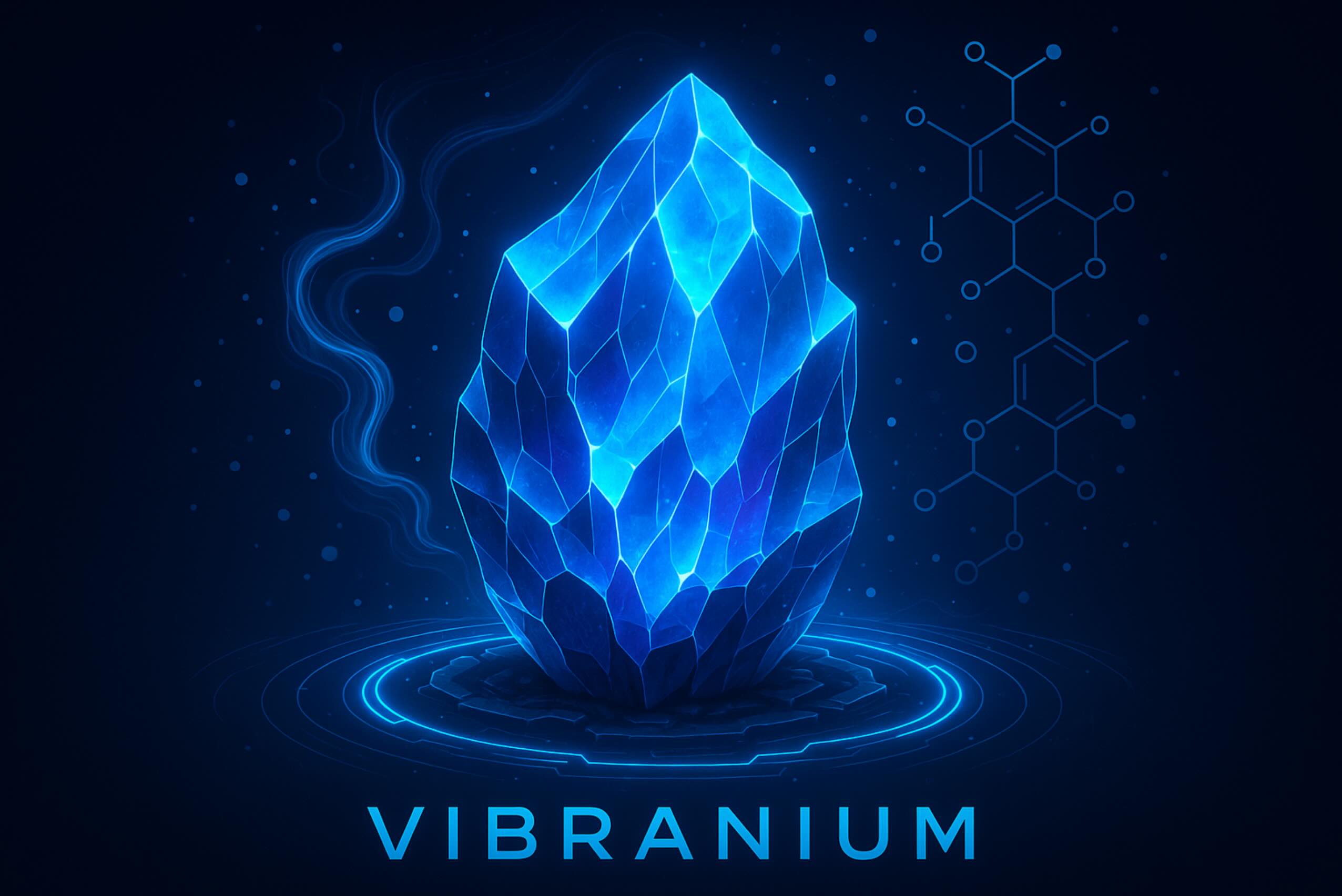The Science of Vibranium: Could a Real-World Super-Material Exist?
Dive into the fascinating world of Vibranium, the iconic super-material from the Marvel Universe that powers Wakanda and Captain America's shield. This article explores its extraordinary properties—indestructibility, energy absorption, and versatility—and investigates whether a real-world equivalent could exist. From graphene to high-strength alloys, discover how modern science is inching closer to creating materials inspired by this fictional metal, and how Vibranium continues to inspire innovation and education.

In the Marvel Universe, Vibranium is a magical metal from outer space that provides the fictional African nation of Wakanda with unparalleled technological advantages. It is also the core material of Black Panther and Captain America's shield. This material is not only indestructible but can absorb, store, and release kinetic energy, even powering an entire civilization. But does a similar super-material exist in the real world? This article explores the characteristics of Vibranium, its scientific basis, and possible real-world counterparts.
Characteristics of Vibranium: The Intersection of Fiction and Science
In Marvel stories, Vibranium is described as a rare metal that fell to Earth about ten thousand years ago via a meteorite. Its main characteristics include:
- Ultra-high strength and lightweight: Vibranium is lighter than steel but indestructible, able to withstand huge impacts such as bullets or explosions.
- Energy absorption and release: It can absorb sound waves and kinetic energy and release it as explosive energy pulses when needed, such as Black Panther's suit using absorbed energy for counterattacks.
- Conductivity and versatility: Vibranium is used in Wakanda's transportation systems, medical, communication, and military equipment, showing excellent conductivity and adaptability.
- Luster and aesthetics: As a metal, Vibranium has a shiny appearance, similar to the noble texture of gold or silver.
These characteristics make Vibranium an "all-around material," far beyond any known substance on Earth. However, scientists and researchers believe that although Vibranium is fictional, some of its properties can be simulated by real materials or technologies.
Vibranium in Reality: Possible Corresponding Materials
Although true Vibranium has not been found on Earth, some existing materials and emerging technologies show potential similar to Vibranium. Here are several real materials that may approach Vibranium's characteristics:
- Graphene: Graphene is a material composed of a single layer of carbon atoms and is considered a "miracle material" in reality. It is 200 times stronger than steel and very thin. In microscopic "bullet" tests, multilayer graphene's bulletproof performance is 10 times higher than steel of the same thickness, similar to Vibranium's kinetic energy absorption. Additionally, graphene has extremely high conductivity and may be used in future high-tech devices like those in Wakanda .
- Metal damping properties: Professor Suveen Mathaudhu, a metallurgist at the University of California, Riverside, points out that a material's "damping" property determines its ability to absorb energy. Although no material can completely absorb and store energy like Vibranium, some metals and composites perform well in impact absorption and can be used in protective gear .
- High-strength alloys: Modern materials science has developed various high-strength alloys, such as titanium alloys, widely used in aerospace and military fields. These materials cannot absorb energy like Vibranium, but their strength and lightweight characteristics partially match Vibranium's description .
Scientific Inspiration from Vibranium: Education and Innovation
Vibranium is not only a fictional concept but also an inspiration for science education and innovation. Chemist Dr. Sibrina Collins uses the concept of Vibranium to teach inorganic chemistry, challenging students to think about Vibranium's place in the periodic table and relate it to real elements and periodic trends. This approach combines popular culture with science education, stimulating students' interest in chemistry .
Moreover, Vibranium's story inspires materials scientists to explore new materials. Chemist Darryl Boyd from the U.S. Naval Research Laboratory points out that Vibranium's conductivity, strength, and luster align with the definition of metals, providing ideas for researching multifunctional materials. Although fully replicating Vibranium may be unattainable, its characteristics set goals for future technological breakthroughs .
Limitations and Real-World Challenges of Vibranium
Although the concept of Vibranium is fascinating, creating similar materials in reality faces huge challenges. First, Vibranium's multifunctionality—combining ultra-high strength, energy absorption, and conductivity—is almost impossible for a single material in nature. Modern materials science often needs composite materials or nanotechnology to combine multiple properties, but this still falls far short of Vibranium's "all-around" performance .
Second, Vibranium's energy storage and release mechanisms involve complex quantum or magnetic entanglement, which is closer to science fiction than reality in current scientific understanding. Even cutting-edge materials like graphene cannot achieve similar energy manipulation on a macroscopic level .
Conclusion: The Dream of Vibranium and the Future of Science
Vibranium, as a fictional metal in the Marvel Universe, represents humanity's imagination of the ultimate material. Although true Vibranium does not exist in reality, materials like graphene and high-strength alloys offer possibilities close to some of its properties. More importantly, Vibranium's story inspires innovation in science education and materials research, reminding us that the boundaries of science can be continuously expanded .
In the future, with advances in nanotechnology and quantum materials research, we may create super-materials closer to Vibranium. Until that day comes, Vibranium will continue to symbolize the intersection of science fiction and science, inspiring the next generation of scientists and engineers to explore unknown possibilities .